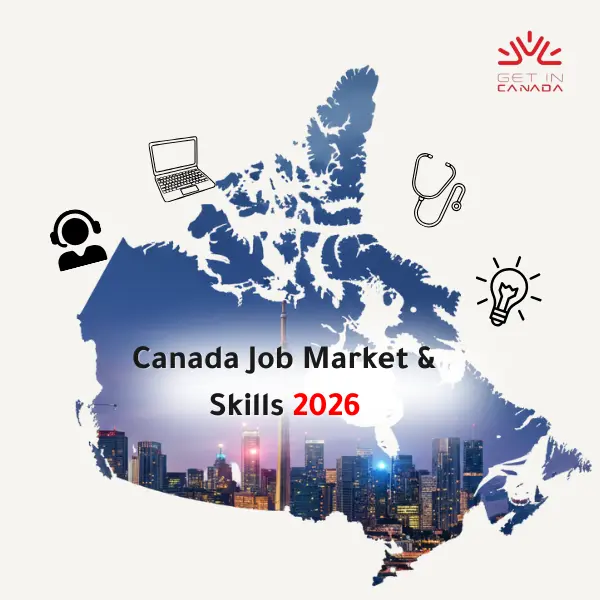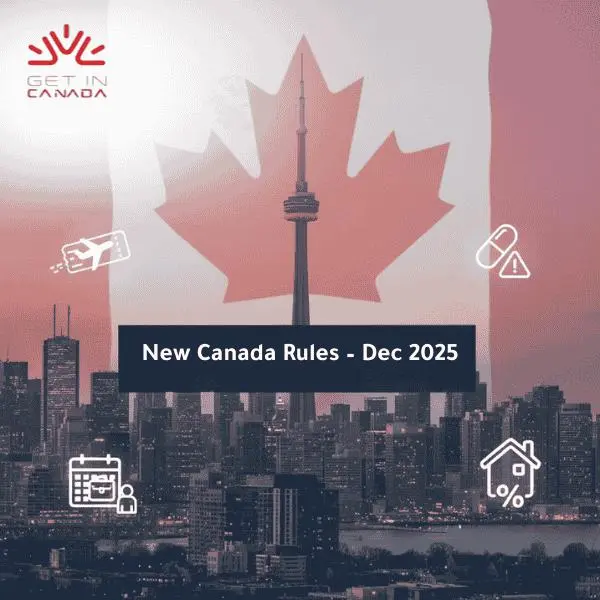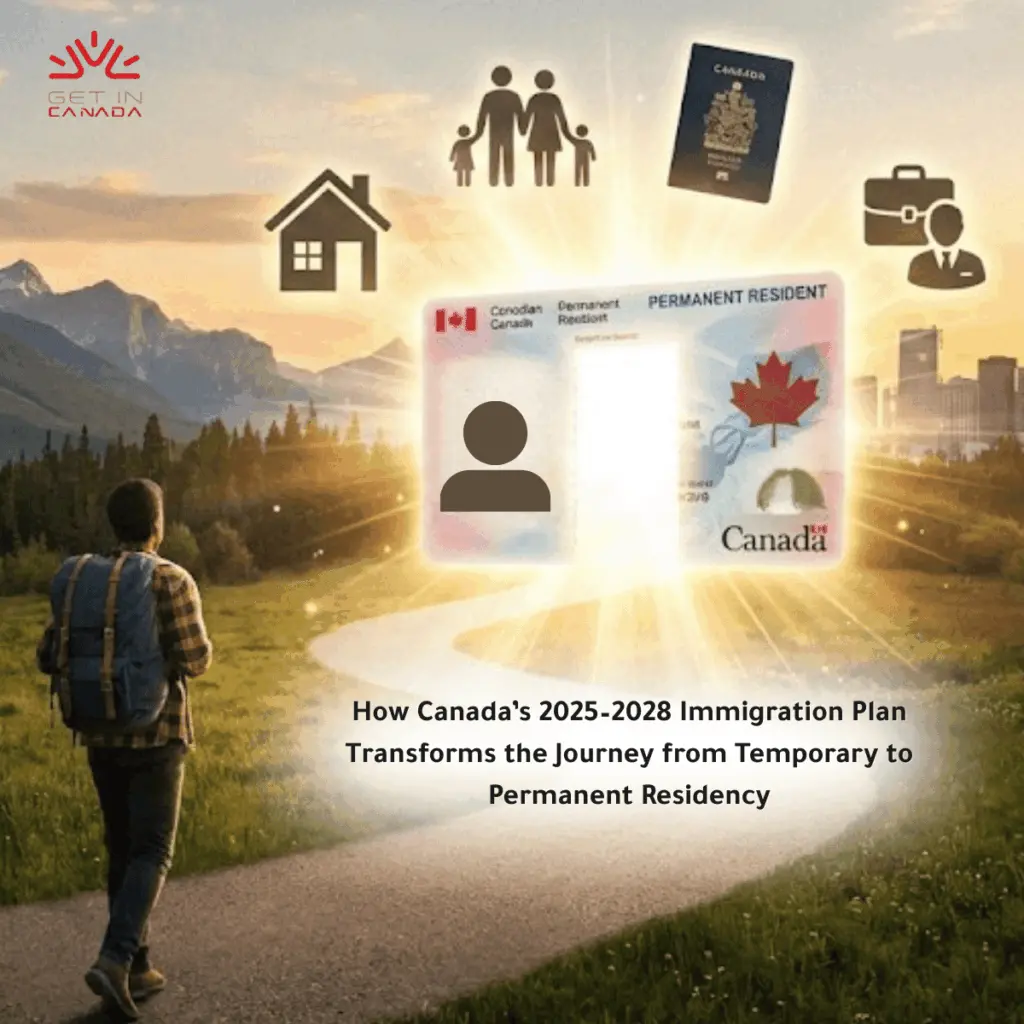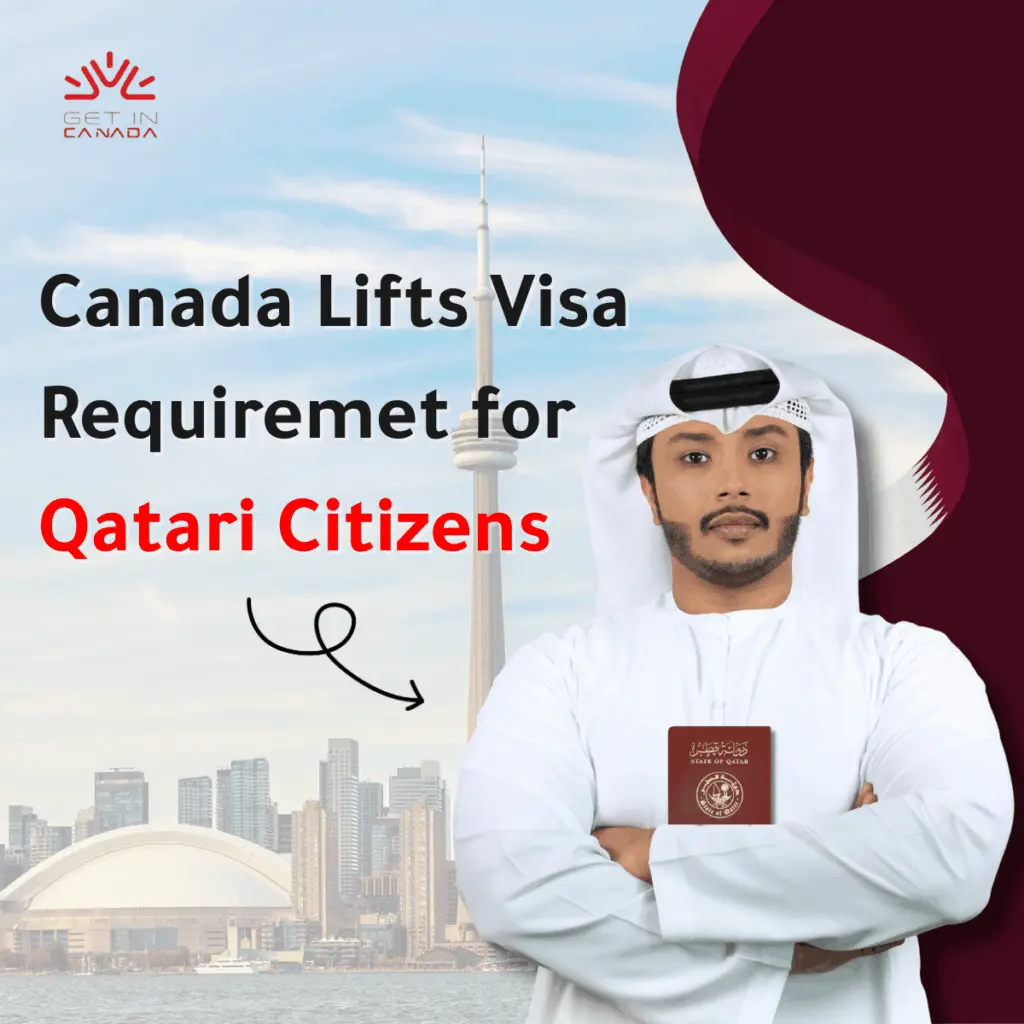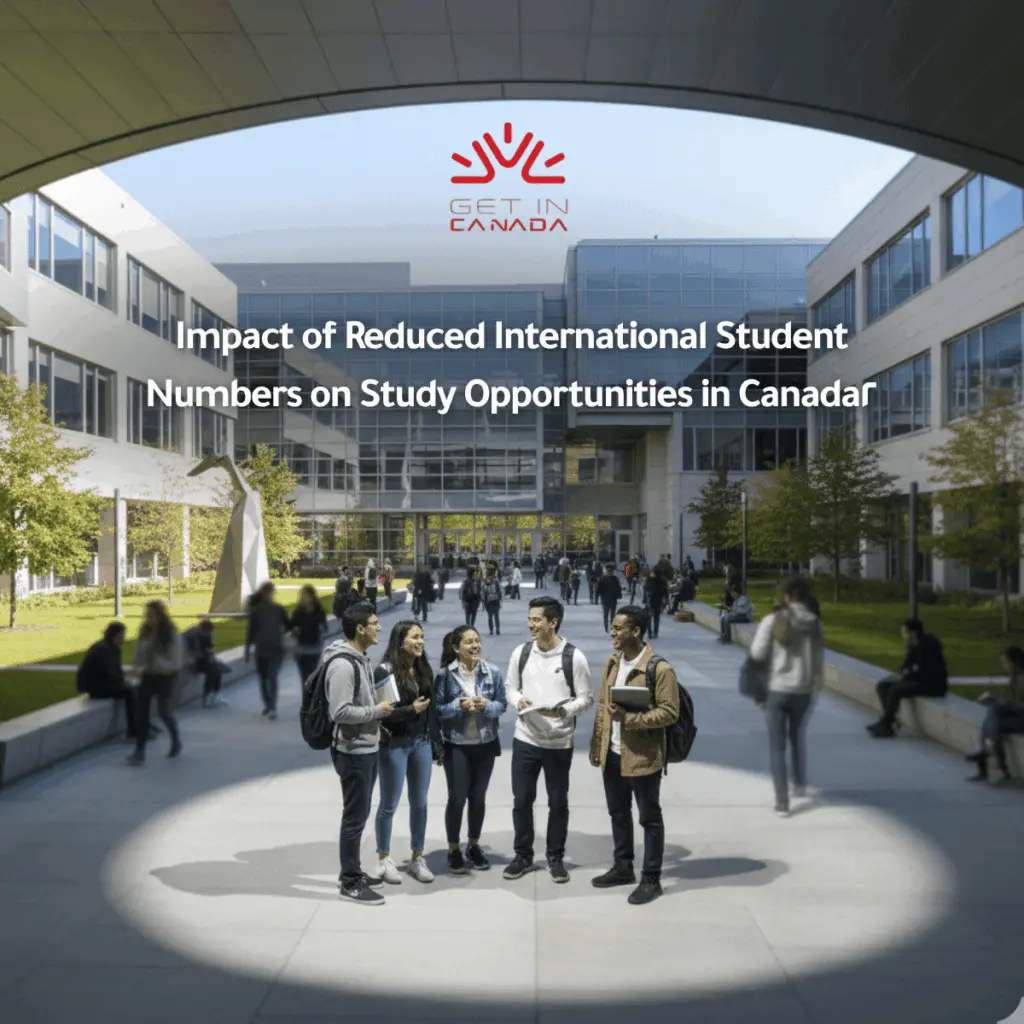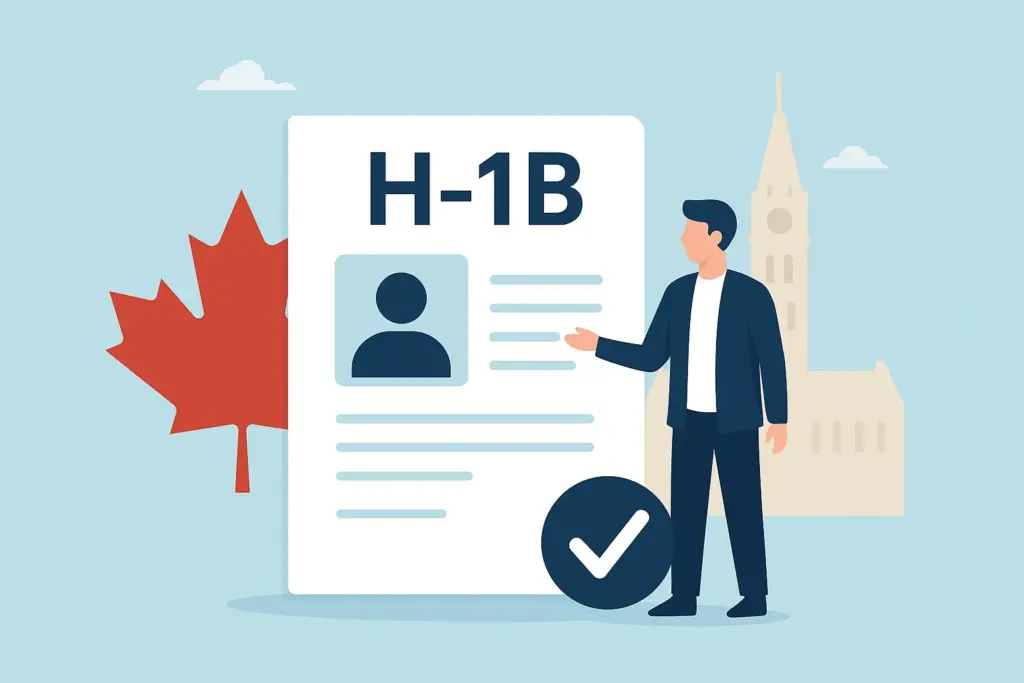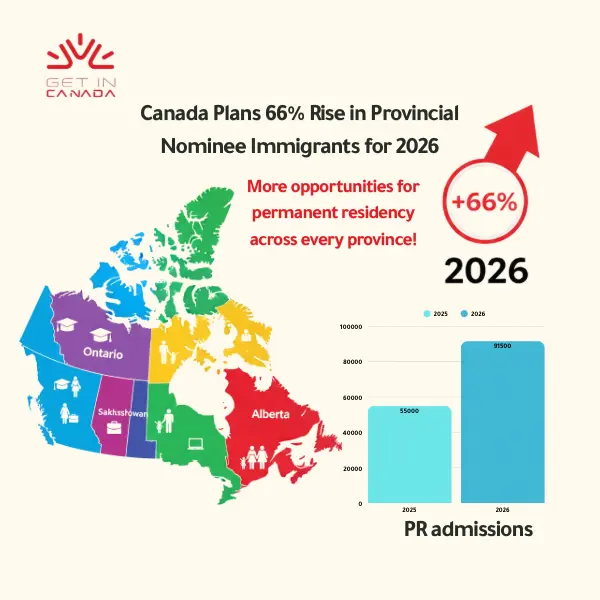Six Key Updates You Should Know About Canada Work Permit Changes 2025
If you’re planning to work—or already working—in Canada in 2025, there are six major work permit changes that could affect your status and future. From updates to post-graduation permits and spousal eligibility to new sector-specific streams and stricter documentation policies, here’s what’s changing, why it matters, and what you should do now.
1. Sector‑Specific Work Permits for Agriculture & Fish Processing
Canada will soon launch a new work permit stream targeted at the agriculture and fish‑processing sectors, tied to the Economic Mobility Pathways Pilot, which is becoming permanent. This offers a streamlined path for workers in those industries—speeding up entry and bypassing the usual LMIA process.
2. PGWP Fields of Study: Major Changes on June 25, 2025
As of June 25, 2025, IRCC added 119 eligible fields to the Post-Graduation Work Permit list and removed 178 others to better align with labor market priorities. Students who applied before June 25 remain eligible under the old list. Fields still eligible include health, trades, education, and social services
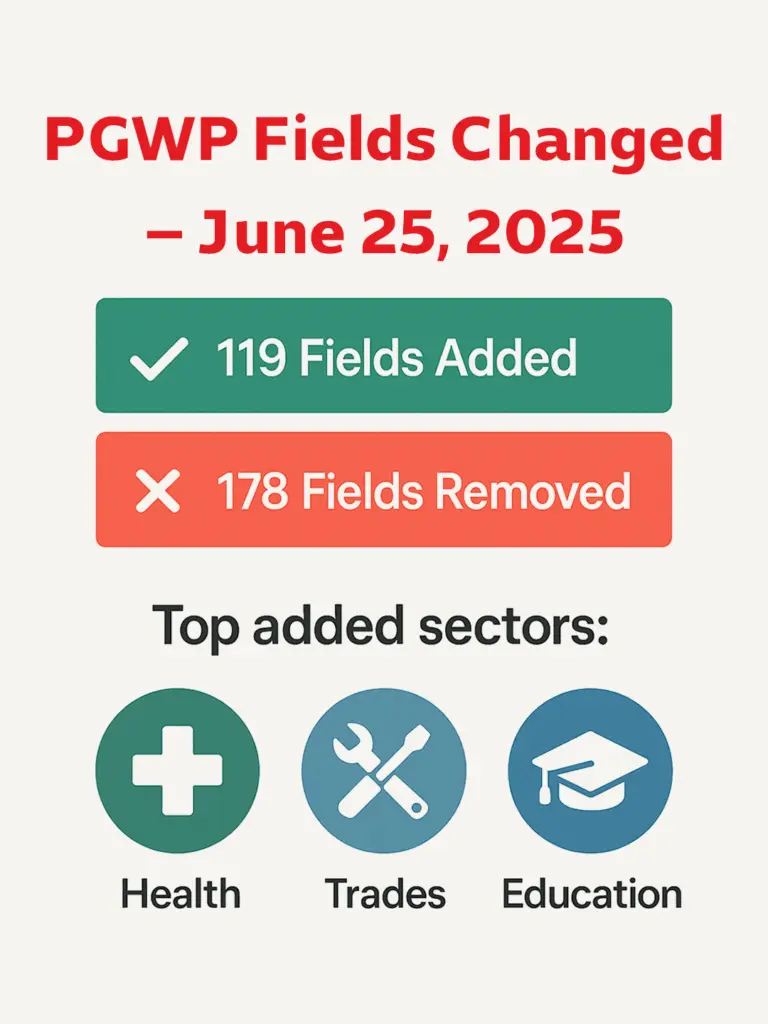
3. Stricter Open Work Permit Rules for Spouses & Families
From January 21, 2025, open work permits (OWPs) are restricted to:
- Spouses of international students in master’s (≥16 months), doctoral, or select professional programs.
- Spouses of foreign workers in TEER 0/1 or certain TEER 2/3 occupations like health care, science, education.
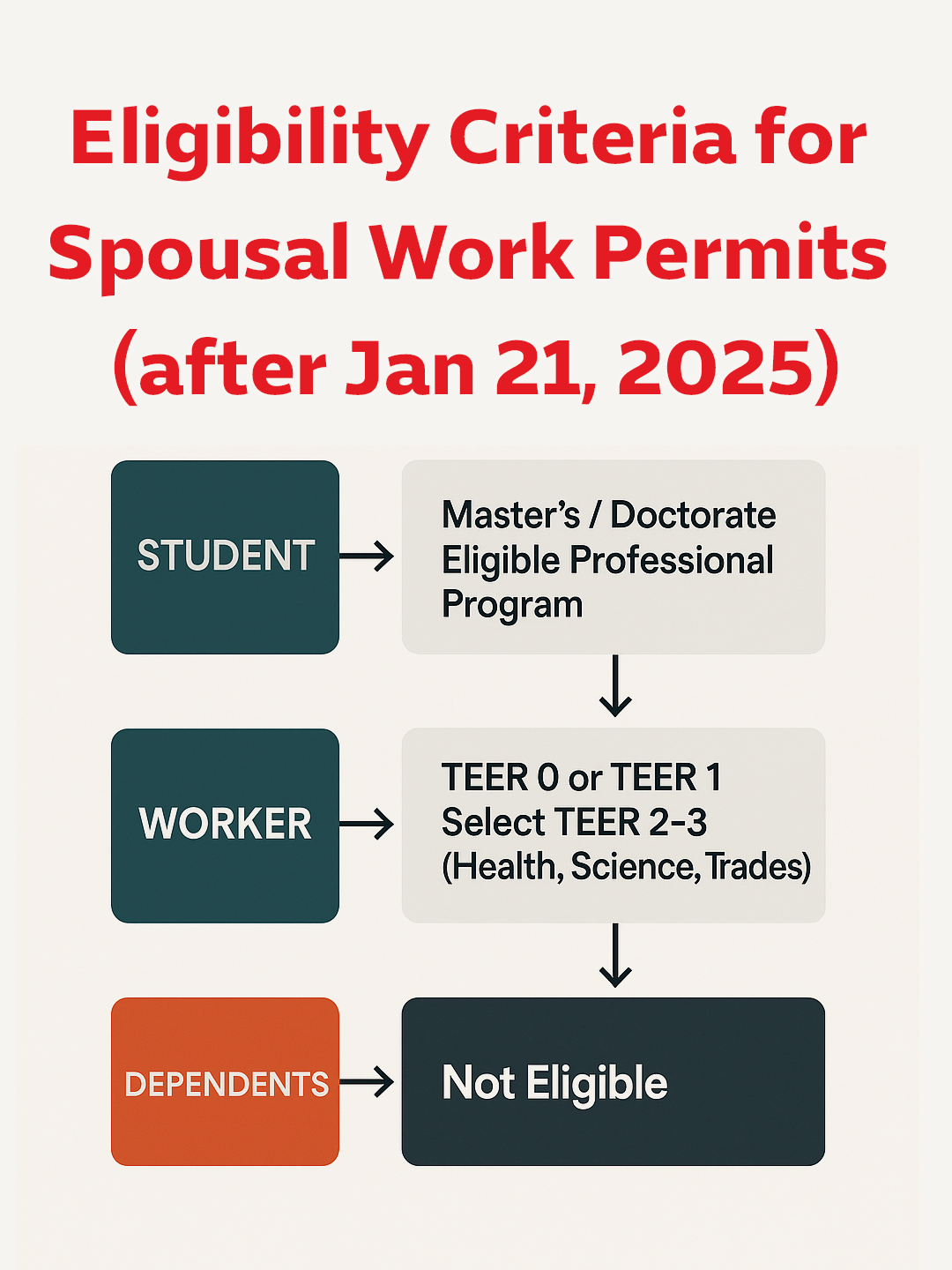
Dependent children are no longer eligible. Existing OWPs issued before Jan 21 remain valid.
4. Greater Flexibility to Change Employers on Closed Permits
Starting May 27, 2025, temporary foreign workers with closed permits can switch jobs before IRCC approves the change—as long as they apply for a new permit and stay in Canada.
Workflow: Closed Work Permit ➔ Apply for New Employer ➔ Interim Authorization Granted ➔ Begin New Job
Note: Wage thresholds under the TFWP program have also been updated.
5. No More “Placeholder” Applications for Maintaining Status
RCC’s new policy (effective spring 2025) disallows incomplete or placeholder submissions just to hold maintained status. You must now file a fully complete and accurate application to remain legal in Canada. Leaving it incomplete could result in loss of legal status

6. Economic Mobility Pathways Pilot Going Permanent: PR Routes Open
By the end of 2025, the Economic Mobility Pathways Pilot becomes a permanent program, offering a clear route from sector-specific work permits (like agriculture and fish-processing jobs) toward permanent residence.
Book Your Consultation Session →
How These Changes Impact You
If you are an International Students:
- Check if your program still qualifies for PGWP under the updated list.
- Apply before June 25 if your field might be removed.
For Spouses & Families:
- OWP eligibility now stricter. Children no longer qualify.
- Make sure the principal’s program or job meets the new criteria.
Temporary Workers & Employers
- You can switch employers while waiting for permit approval—but only with interim authorization.
- Be aware of new wage thresholds which may affect application eligibility.
All Applicants
- No more partial or placeholder applications. Ensure completeness.
- Processing times are lengthening—plan for 6+ months in mid‑2025
Canada’s 2025 work permit changes directly impact students, spouses, and workers. Check your eligibility, apply early, and make sure your paperwork is complete. Staying informed now can save you time—and your status—later.
Frequently Asked Question
1. What are the new rules for work permits in Canada in 2025?
In 2025, Canada introduced major changes: sector-specific work permits, stricter open work permit eligibility for spouses, updated PGWP fields, and no more incomplete “placeholder” applications. Interim work authorization now allows faster job changes.
2. What is the new immigration pathway in Canada 2025?
The Economic Mobility Pathways Pilot (EMPP) became a permanent pathway in 2025, offering a direct route from sector-based work permits (e.g., agriculture, fish processing) to permanent residency.
3. What are new work permit rules in Canada?
Key updates include limited spousal OWP eligibility, PGWP program revisions, and employer flexibility under closed permits. Applications must now be complete—no placeholders allowed.
4. Is Canada visitor visa converted to work permit 2025?
As of mid-2025, Canada ended the policy that allowed visitor visa holders to apply for employer-specific work permits from inside Canada.
5. Is Canada ending visitor visa to work permit?
Yes. The temporary public policy allowing visitor visa to work permit conversion from within Canada expired in 2025 and was not renewed.
6. Is it worth migrating to Canada in 2025?
Yes, for skilled workers and students in high-demand sectors like health, trades, and education. But with stricter rules and longer processing times, planning and eligibility are more critical than ever.


